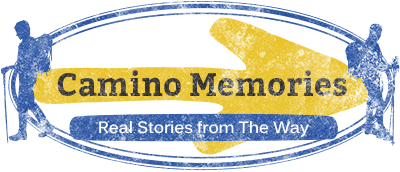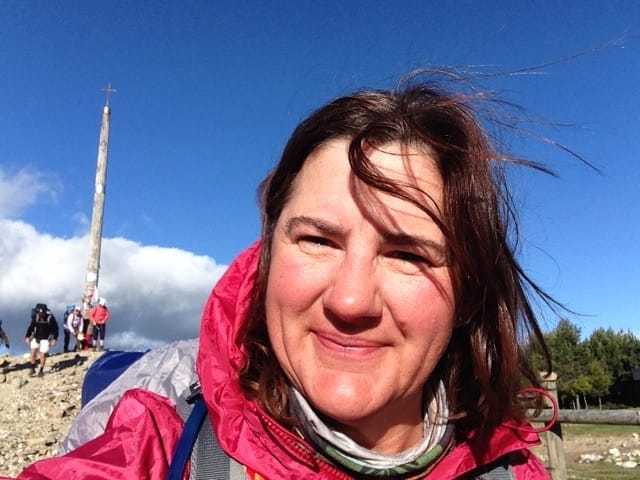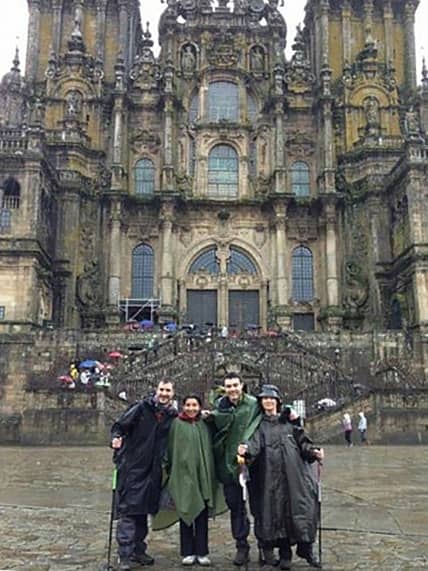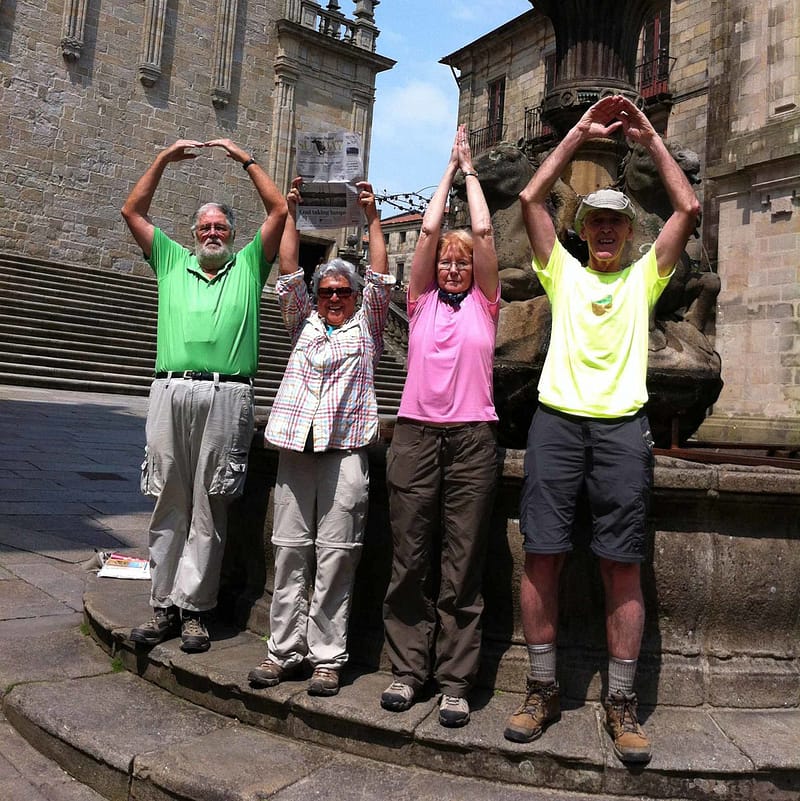“2014 brought three significant events to my life. First, I turned 50 years old. Second, I reached my sabbatical year in my vocation – every 7 years that an Episcopal priest is in the same cure or congregation, they can take a three month sabbatical, or time off from full time vocational duties. Finally, it was the first year in 27 years that my children were, for the most part, out of the house and on their own. All three events added together created a picture of one weary woman. For the bulk of my adult life, I had focused on my family, my vocation, and my ongoing education. I raised four children, honed a strong relationship with my husband, got ordained, became the spiritual lead of a congregation and took on roles within my denomination and within my community. I would gladly do all of these again, but they all came at a cost. A cost that I do not regret in the slightest, but a cost nonetheless. My mind, body and spirit were plumb worn out. In looking after others, I had not paid attention to my own self. I was out of shape, had health issues creeping in, was very tired, and, well, raw. Raw emotionally, physically, mentally and spiritually. It was clear to me I needed my sabbatical to allow me to pay attention to the recalibration of my own mind, body and spirit. Thus became the theme of my sabbatical and my Camino.
It is not hyperbolic to say I felt that if I did not do something very large, very challenging, very rewarding, I would not make it to 60 years. I don’t actually know when and where hiking the Camino came into focus, but when it did it was obvious: I just knew that this is what I was supposed to do. I took 18 months to get everyone- my family, my friends, my congregation and myself up to speed on pilgrimage and the Camino. Pilgrimage, in my tradition, is about stepping outside one’s normal operating procedure and going the extra length to be renewed, refreshed, recommitted, to the Greater Life within which one walks. It is to lay down the burdens, mistakes, pain and separation of the past and take up a new sense of strength and courage. A great second century teacher, Irenaeus said, ‘The glory of God is the human person fully alive.’ I wanted to be fully alive again. I needed to walk the Camino de Santiago.
It was indeed a recalibration of mind, body and soul. It has been said, and I found it to be true, that the three parts of the full Camino Francés – Pyrenees, Meseta, and Galicia – correspond to the three challenges of the pilgrim. The first third, the Pyrenees, is a challenge of body. What will you and your body negotiate in order to complete the task? The second third comes on the Meseta, known for being ‘the plain in Spain where the rain mainly stays,’ is a challenge of mind. There is not much to do but put one foot in front of the other, and not much to see but the horizon and small medieval villages (which are fantastic!). The final third, Galicia, is Spain’s answer to the Celtic ‘thin places‘ – where it was believed that the veil was slimmest between our world and the eternal world beyond us. Galicia is a challenge of spirit. ‘Why did I come to do this?’ ‘What will life be after I have completed this?’ ‘From where does my source of strength and courage come?’ These are the questions that come to us in Galicia.
I walked alone. I met terrific people along the Way whom I hope to always be in touch. But, I walked alone. That was tougher than I expected. But it was what I was supposed to do. I walked the whole route from Saint Jean Pied de Port to Santiago. I would do it again, even though it was the biggest physical challenge of my life. I stayed in albergues, bed and breakfasts, and an occasional hotel. Sleeping and eating in the same room with 40 other souls who are on the same route but different journey is part and parcel of the Camino experience.
The highlight of the Camino, for me, was the Cruz de Ferro. This is the place where pilgrims leave a stone they have carried with them along the Camino. The stone represents the burdens, pains, mistakes they wish to leave behind. It’s also the highest point on the Camino. As much as I was leaving burdens, I was also taking up blessings. Or, at least, giving thanks for the blessings I knew.
When I finally reached Santiago, I did not feel triumphant so much as resolved. I had tended to the challenge put before me: sometimes I stumbled, sometimes I helped others walk and listened to others’ stories, sometimes there were others who listened to mine, sometimes I was very lonely, sometimes I was so centered, so clear of my place in the universe. So, by the time I got to Santiago, I was at my center. I walked into the Great Cathedral, said my prayers, watched the botafumeiro swing, checked in with friends as they came through. I was ready to go home. I did not walk on to Finisterre. I came and did what I was supposed to do: recalibrated mind, body and spirit. I am a stronger, more centered me for having hiked the Camino.”
-Kelli, USA




